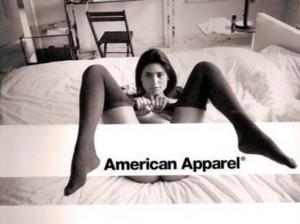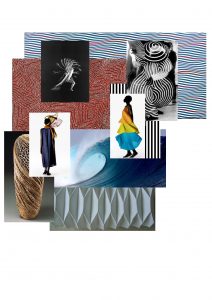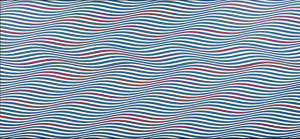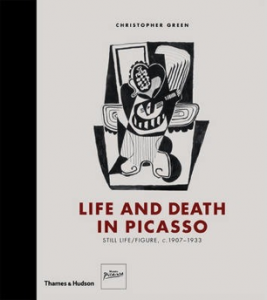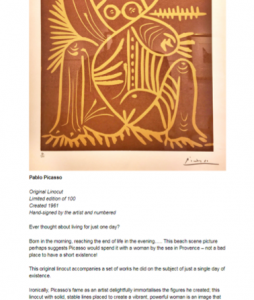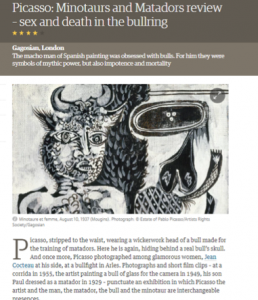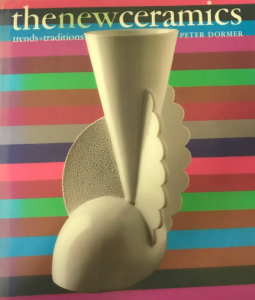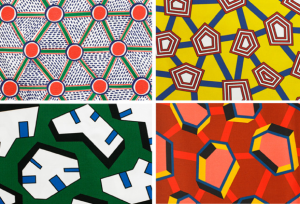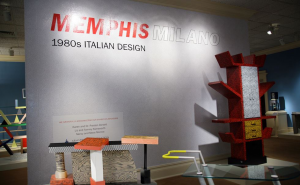For this research module we had to partake in the completion of weekly tasks that have proven to be challenging in certain cases but overall have taught valuable skills that could be used for future research. Throughout the course of these tasks I was able to progress my skills in terms of gathering resources from a variety of locations instead of just limiting my findings through the use of using the internet for all secondary research.
For the first task I collated a total of three images based around my project at the time – deconstructed pottery. I found this particular task fairly simple to begin with as I already had the starting point, a book by Peter Dormer, exploring modern ceramics. The imagery I chose from this, two striking pieces by Matteo Thun, included a lot of unique shapes and details that allowed me to comment as to why I chose them without difficulty. From here I believed finding a secondary source may prove to be a challenge however due to the unique shapes Matteo Thun created in his work I looked into more abstract artwork and found the artist Nathalie du Pasquier with ease. Further research allowed the link to the Memphis group to be made which led me on to find an exhibition held at The Dixon Gallery fairly quickly which meant that overall for this particular task I didn’t struggle as much as I thought I initially would.
Task 2 required us to focus on the skill of Harvard referencing finding sources that relate from different locations. The hardest part for me was finding a starting point as I wanted to think of an artist that would appear across the three mediums. Once this was decided and I obtained my first source from the library using web cat I found the following sources fairly quickly.
Following this for task 3 we had to create a mood board containing imagery focusing on a specific artist of whom I chose Issey Miyake. The image I chose to evaluate was by a piece by Bridget Reilly which I quickly found quite hard to examine as it was fairly simple in content, however I tried to use my existing knowledge of art techniques to analyse the image further making sure I took apart aspects such as colour in great detail.
Task 4 was probably the task I was anticipating the most as it required the understanding of a literary text followed by our own thoughts and views on what was stated. The passage itself was quite articulate and therefore the overall concept was a struggle to initially grasp. This in effect made the retrieval of further quotes tougher as I was initially unsure what I was looking for. However after reading the text through section by section I slowly seized the overall views and was able to complete the task.
Lastly for task 5 we had to comment on the ethical issues based around a selection of two images – I decided to choose the American apparel option as I believed I had more to comment on. Overall this specific task was not too bad as I had quite a lot to discuss in relation to ethical issues however for future tasks similar to this I believe I need to reflect upon what I am writing and refine as I go to ensure I do not repeat myself which I initially found myself doing.
Overall I believe that this module has been very beneficial as it has focused on honing in our skills and refining how we undergo specific research tasks. It has increased my confidence in relation to Harvard referencing, using a variety of sources, deciphering texts and making my own judgements corresponding to the analysis of work.

